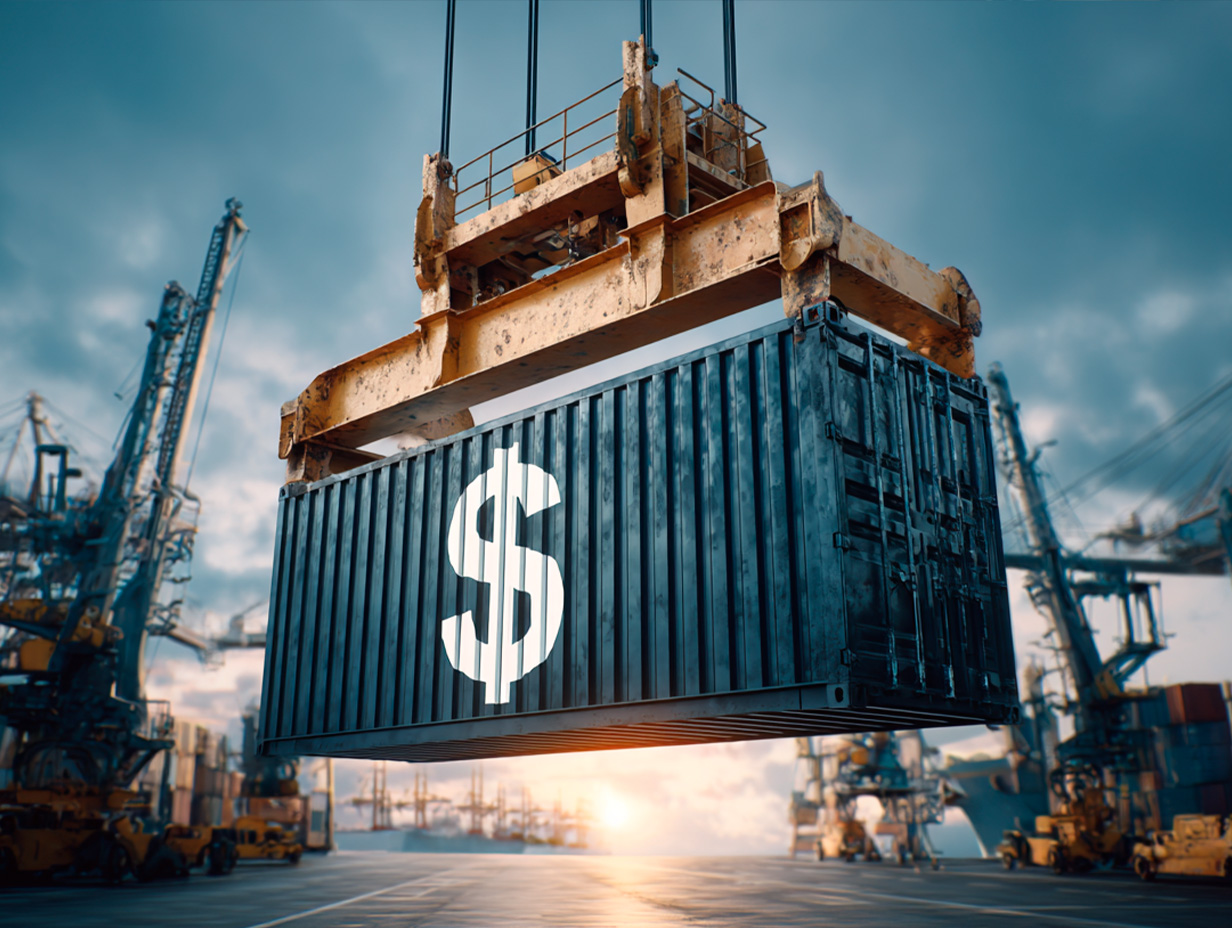How Tariffs Are Reshaping Global Logistics

International shipping tariffs have emerged as a major disruptor in global supply chain disruption. In early 2025, the U.S. imposed steep duties of up to 145% on Chinese goods, leading to a 25% drop in container arrivals at West Coast ports like Los Angeles, Seattle, and Tacoma. This resulted in nearly 325,000 fewer containers in just five weeks, impacting longshoremen, trucking, and retailers.
These tariff measures have translated into a 2.3% increase in consumer prices, equivalent to around $3,800 lost in purchasing power per household. Even a single tariff hike in April cost $2,100 per household. Freight rates have surged, with some shipping lanes seeing increases of up to 40%, while average global shipping costs are up by about 12% in 2025. Freight forwarding challenges have never been greater, with companies struggling to adapt to higher costs and shifting trade patterns.
Logistics providers like FedEx have responded by cutting capacity between Asia and the Americas by over 35%, forecasting sluggish revenue and flat year-over-year growth. Their shares dropped about 6% amid market uncertainty.
Faced with these shifts, many manufacturers are turning to nearshoring to Mexico. In the first quarter of 2025, investments in Mexican production surged by 165%, totaling about $1.6 billion. Nearshoring offers shorter transit times, reduced surcharges, and relief from congested ports. However, U.S. tariffs on Mexican steel, aluminum, and auto parts, now at 25%, introduce new uncertainty.
Furthermore, global supply chain disruption and volatility have pushed delivery delays up by 21 days and forced companies to increase inventories. Foreign input delays have reduced output by 7.3%, raising prices by 1.8%.
For logistics companies, this environment presents significant operational challenges, from customs compliance to route redesign. However, there’s an opportunity: firms offering customs advisory, real-time visibility, flexible warehousing, and regional distribution can become valuable strategic partners. In summary, U.S. tariffs on Chinese goods and global tariffs are not just a trade policy shift; they are catalysts accelerating the transformation of global supply chains, where adaptability is key for survival and growth.


